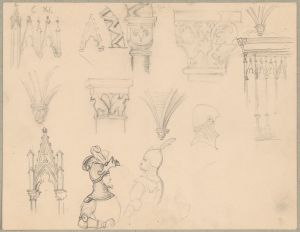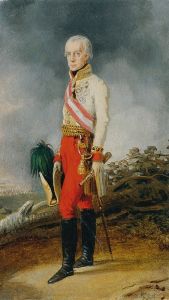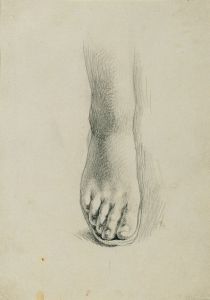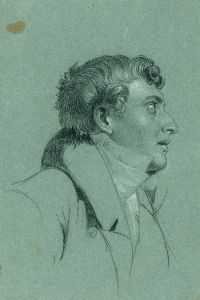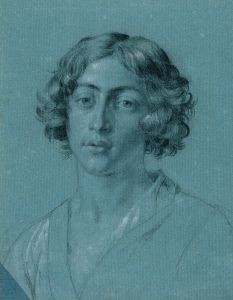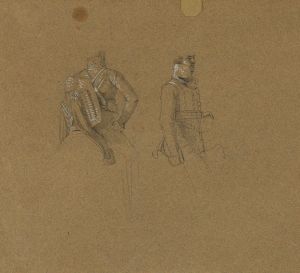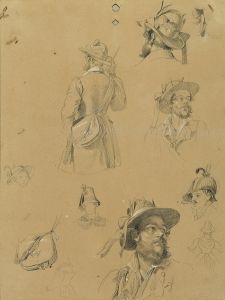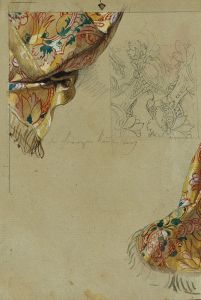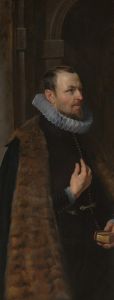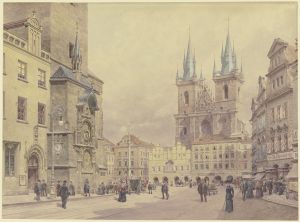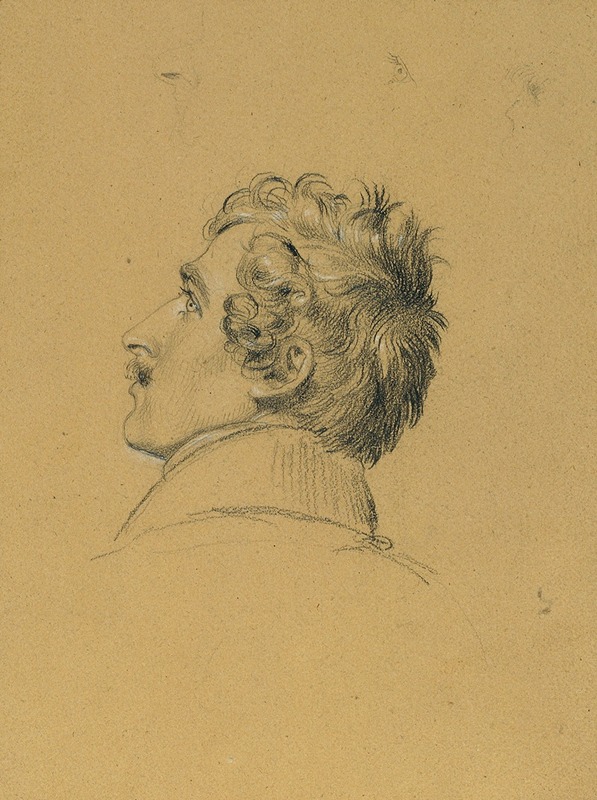
Porträtstudie zu ‘Einzug nach dem Pariser Frieden’
A hand-painted replica of Johann Peter Krafft’s masterpiece Porträtstudie zu ‘Einzug nach dem Pariser Frieden’, meticulously crafted by professional artists to capture the true essence of the original. Each piece is created with museum-quality canvas and rare mineral pigments, carefully painted by experienced artists with delicate brushstrokes and rich, layered colors to perfectly recreate the texture of the original artwork. Unlike machine-printed reproductions, this hand-painted version brings the painting to life, infused with the artist’s emotions and skill in every stroke. Whether for personal collection or home decoration, it instantly elevates the artistic atmosphere of any space.
Johann Peter Krafft was an Austrian painter known for his historical and genre scenes, and he played a significant role in the development of 19th-century Austrian art. One of his notable works is the "Porträtstudie zu ‘Einzug nach dem Pariser Frieden’," which translates to "Portrait Study for ‘Entry after the Peace of Paris’." This painting is a preparatory study for a larger composition that commemorates a significant historical event.
The "Einzug nach dem Pariser Frieden" refers to the ceremonial entry of victorious troops following the signing of the Treaty of Paris in 1814, which marked the end of the Napoleonic Wars. The treaty restored peace in Europe and led to the Bourbon Restoration in France. Krafft's work captures the celebratory atmosphere of this momentous occasion, focusing on the figures who played a role in these events.
Krafft's portrait study is characterized by its attention to detail and the careful rendering of the individuals depicted. As a preparatory work, it likely served as a means for Krafft to experiment with composition, lighting, and the portrayal of specific figures who would be included in the final painting. Such studies were common practice among artists of the time, allowing them to refine their ideas and techniques before committing to the larger, more complex final work.
The study reflects Krafft's skill in capturing the likeness and character of his subjects, a talent that made him a sought-after portraitist in his time. His ability to convey the dignity and presence of historical figures contributed to the success of his larger historical compositions. Krafft's works often combined elements of realism with a sense of drama and narrative, drawing viewers into the historical moments he depicted.
In the context of the early 19th century, historical paintings like Krafft's were not only artistic endeavors but also served as visual records of significant events. They played a role in shaping public memory and national identity, particularly in the aftermath of the Napoleonic Wars, when many European nations were redefining themselves. Krafft's work, therefore, holds both artistic and historical significance, offering insights into the cultural and political climate of the time.
While specific details about the individual figures in the "Porträtstudie zu ‘Einzug nach dem Pariser Frieden’" are not extensively documented, the study remains an important example of Krafft's contribution to historical painting. His works are part of the collections of several major museums, reflecting their enduring value and the artist's prominent place in art history.
Overall, Johann Peter Krafft's "Porträtstudie zu ‘Einzug nach dem Pariser Frieden’" exemplifies the intersection of art and history, capturing a pivotal moment in European history through the lens of a skilled and thoughtful artist.





